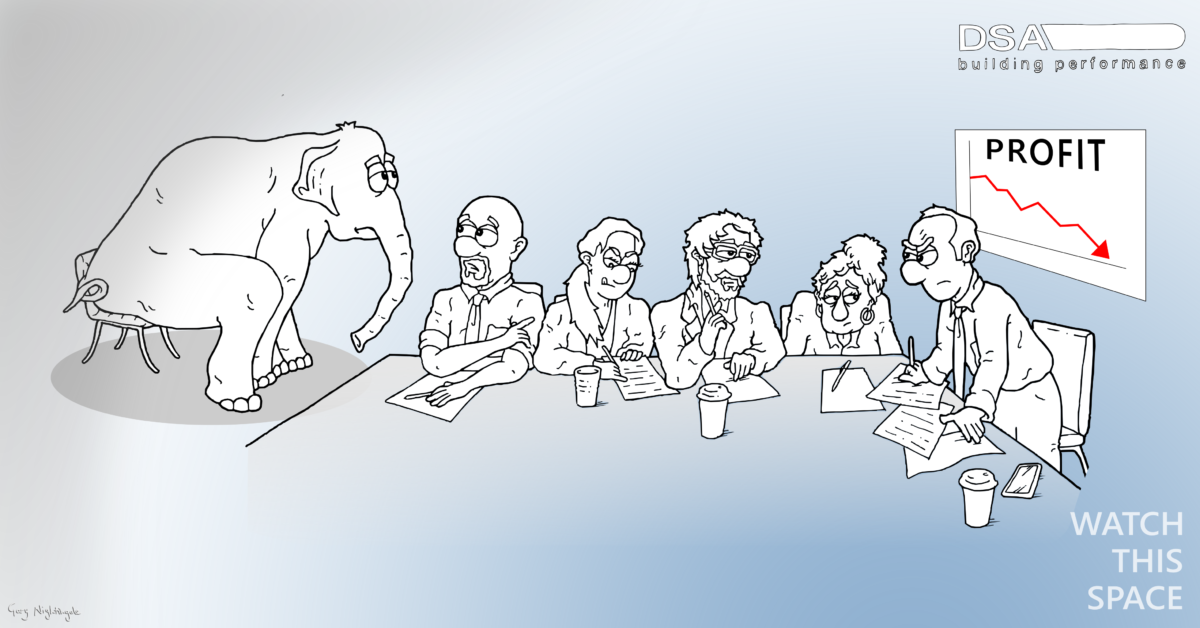Psychological safety and the dangers of deferential silence

I’m reading a great book, The Fearless Organisation, by Amy C. Edmondson, and it’s really important for the initiative I’m working on with the CIOB to teach coaching as a management style for construction.
It’s about psychological safety and how crucial it is in a business or organisation.
A psychologically safe work culture is one where people can speak freely without fear of embarrassment or punishment. It’s one that encourages open and frank discussions, the point being to seek truth and get good ideas.
In a psychologically unsafe environment, people keep their thoughts and insights to themselves.
It’s very relevant to construction because we Baby Boomers were taught to use fear to motivate people but, as Edmondson points out, this is terribly counterproductive.
Neuroscience tells us that fear inhibits learning and impairs memory, analytical thinking, and problem solving.
If your team needs to solve a problem or achieve an extraordinary result, you want your people to be thinking clearly, laterally, and creatively about the best way forward.
We used to bark, bollock and bite, but this management style won’t see us through all the complex challenges we face, which include the pandemic, the emergence of new technology, and clients’ shifting needs and expectations.
Your people will almost certainly see things that you don’t, and you all need to hear it. When people feel it’s safe to contribute their insights, the knowledge in the room shoots up.
On the other hand, when organisations foster a culture of deferential silence, one where bad news and divergent views are unwelcome, and where elephants roam unmentioned, they’re heading for big trouble. Think of Carillion.
The things you have to do
As a leader, you have to do things to foster psychological safety in your team; it won’t happen on its own. In my experience, unless there is a deliberate effort, teams will drift naturally into a deferential silence that suppresses information and insight, until there’s a crisis.
You have to get people together. You have to frame the discussion and create a shared understanding of the situation, setting out what’s at stake and what failure and success look like.
Then you have to invite feedback. Here, there are rules. Feedback must be constructive, not personal criticism. It takes the form of suggestions and observations, not assertions and demands, because it’s a discussion requiring everyone’s contribution, not a debate to be won or lost. (Everyone will understand that the final decision rests with you; it’s not a vote.)
Finally, you need to set the example of conducive behaviour. Acknowledge you don’t know everything; listen carefully; ask questions; thank people and praise them for their accomplishments and contributions.
It really does work
Some while back I coached a board of directors who met as a group only once every three months. The company wasn’t doing great. All they talked about in their meetings was profit and loss and troublesome projects.
Six months into the programme one of them spoke up, saying: “We never give each other feedback or talk about how we’re doing as a team.”
Everyone shifted in their seats uncomfortably. I suggested a basic feedback-sharing method, and asked if they’d like to try it. The others looked horrified. They were very reluctant. There was too much baggage and very little psychological safety.
But they gave it a go, taking baby steps at first. Soon, they had a working feedback mechanism that created a safe environment for them to increase their candour. Up went their confidence, along with their sharpened sense of what they could collectively do.
They began encouraging the practice throughout the organisation and within a year it was transformed, as was their profitability.
But how do you encourage the practice throughout the organisation?


Coach for Results
Designed with young professionals in mind
Perform better in your current role, become an effective manager and over time a great leader and together we will change the construction industry.
Coaching for safety and engagement
Construction companies would perform better if managers adopted some basic coaching practices, which is why I’m working with the CIOB to develop a course on this for young managers.
Psychological safety is a major ingredient of employee engagement. If people feel safe and valued, they feel engaged. If they’re deferentially silent, they’re going with the flow, for now, with one eye on the exit.
Coaching deliberately fosters the kinds of purposeful and productive conversations that foster psychological safety.
This is how psychological safety can percolate down through an organisation. When it does, great things start happening, even when it’s not you thinking it all up and doing it.
Anyone can foster psychological safety; it’s not a personality trait.
